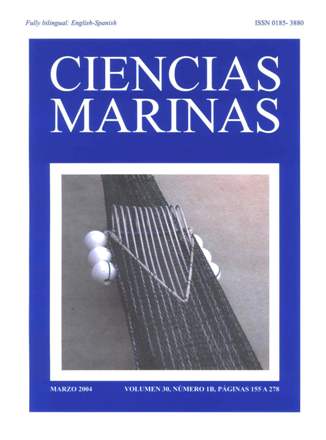Effects of Nordmøre-grid angles, profiles and other industry-developed modifications on catches in an Australian penaeid-trawl fishery
Main Article Content
Abstract
In response to claims that conventional Nordmøre-grids used in the Clarence River penaeid-trawl fishery were occasionally being fouled or blocked during fishing, two experiments were done to examine the utility of modified grids with different installation angles, sizes and profiles, and alternative industry-developed, behavioral-type bycatch reduction devices (BRDs). In experiment 1, a conventional Nordmøre-grid (600 mm in length, installed at 45º) was compared against a longer grid (1200 mm in length, installed at 21º) and two locally-developed, behavioral-type BRDs. While slightly more difficult to operate than the conventional design, the longer Nordmøre-grid retained similar quantities of penaeids and bycatch; in contrast, both behavioraltype BRDs retained significantly (up to five times) more bycatch and were considered ineffective for use in this fishery. In experiment 2, the conventional Nordmøre-grid was tested against three modified Nordmøre-grids, including a 600-mm-long grid with a curved profile and installed at 45º, and two grids, both 900 mm in length and installed at 28º, but with flat and curved profiles. Only the curved 900-mm Nordmøre-grid caught significantly fewer penaeids and bycatch, although both of the curvedprofile grids appeared to facilitate the release of debris from the trawl. The results are discussed in terms of fishery-specific factors that probably contributed towards the performances of the various BRDs.
Downloads
Article Details
This is an open access article distributed under a Creative Commons Attribution 4.0 License, which allows you to share and adapt the work, as long as you give appropriate credit to the original author(s) and the source, provide a link to the Creative Commons license, and indicate if changes were made. Figures, tables and other elements in the article are included in the article’s CC BY 4.0 license, unless otherwise indicated. The journal title is protected by copyrights and not subject to this license. Full license deed can be viewed here.

